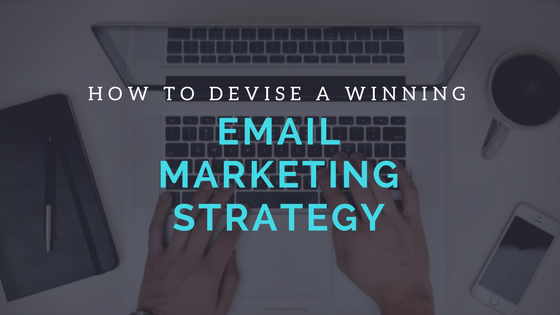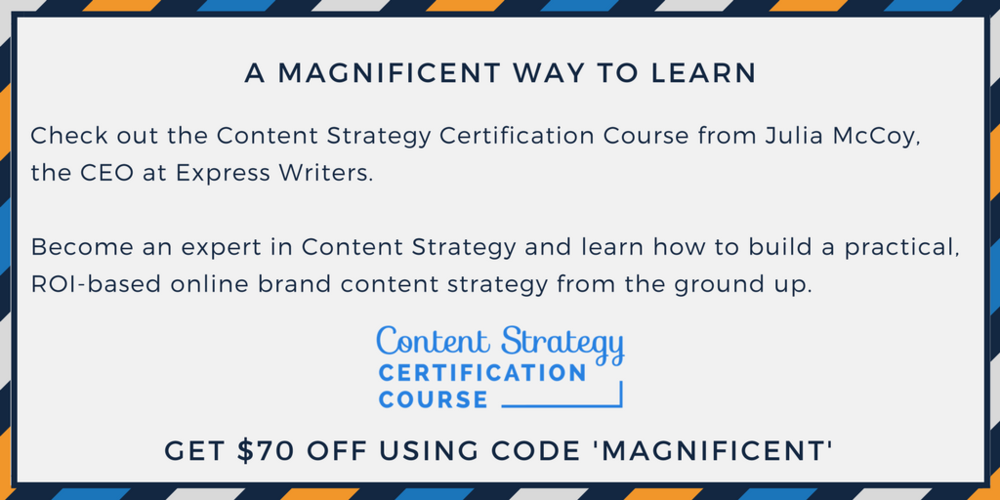Despite the rise of social, email continues to be an extremely relevant channel. In fact, a recent study by Adobe found that millennials are obsessed with it. According to the study, more than half of 18-24-year-olds check their email whilst still in bed in the morning, as do 43% of 25-34-year-olds.
This is clearly an excellent opportunity for marketers and, after reading these figures, you might be wondering how you can make the most of it.
First of all, it’s not enough to just put together an email and blast it out to your entire address book. Email is a powerful tool in its own right - and therefore requires a carefully planned strategy.
Whilst there is no one-size-fits-all in email marketing, there are certain building blocks that are key to success. Whether you’re just starting out or need to rethink your current approach.
Here Are 5 Must-Haves For An Effective Email Marketing Strategy:
1. KNOW YOUR AUDIENCE
This is the golden rule for any marketing method, and email is no exception. If you don’t know your audience well enough, your chances of getting their attention are pretty slim. When devising an email strategy, start by organizing your target groups. Consider your potential recipients in terms of email content: who are they, and what would they most like to see in their inbox? A fashion store might distinguish between male and female customers, whereas a travel company might address their audience based on location. This step is crucial as it’s the only way to make sure your emails are relevant.
2. FIND THE RIGHT TOOLS
As with anything, the right tools will make your life considerably easier. Ideally, you want to be able to manage everything from one single platform. Opt for an email marketing software that offers all the most crucial functions, including contact management, newsletter design, and dispatch, as well as tracking and reports. When choosing a software, consider your budget and your level of expertise; if you don’t have any programming knowledge, you’ll want to find a tool that comes with ready-made templates.
3. BUILD YOUR CONTACT LIST
You may already have a database full of contacts - but this doesn’t necessarily mean you have a ready-to-use email list. First and foremost, it’s essential to make sure you have permission to send marketing emails to each and every contact. Start by cleansing your existing address book, removing anyone who may not have consented to receive emails from you.
Next, you need a long-term strategy for winning new contacts. Create a newsletter subscribe form and place it on your website or blog. You can also gain new subscribers through high-quality content, such as a whitepaper that the user can download in exchange for their email address. When it comes to building your email list, it’s best to use the double opt-in process. This way, you can be sure that each and every person in your address book is interested in your brand and actually wants to read your newsletter.
4. AUTOMATE
A good email strategy is both effective and efficient: you want to drive results whilst keeping time and effort to a minimum. Automation is, therefore, an indispensable tool - and one that all marketers should use! In addition to your regular newsletter, you can set up certain emails that will be sent out automatically based on certain actions (such as a purchase) or events (birthdays, for example). Automated emails are key as they address the customer at the most crucial moments, and you only need to set them up once.
Before you get started, draw up a list of all the different types of emails you need to send. For example purchase confirmations, abandoned cart reminders, birthday emails and your regular newsletter. You can then determine which of these should be automated, allowing you to plan ahead and avoid unnecessary manual effort.
5. MEASURE & OPTIMIZE
Last but not least, successful email marketing is all about finding what works best for your audience, so be prepared to make changes along the way. The more insights you have, the better equipped you are to create effective campaigns. Tracking and reporting are therefore crucial. In preparation for your first campaign, familiarize yourself with the most important email marketing KPIs. This includes things like open rate, click rate and unsubscribes. All of this data shows you how well your recipients respond to each newsletter, so you can continuously optimize for better results.
In short, effective email marketing is all about relevance for your customers and efficiency for your business. Finding what works for your audience takes time, but with these foundations in place, you will be well on your way to a winning strategy.
About the Author
Emily is a guest blogger from Newsletter2Go - the all-in-one email marketing solution for business. With over 95 smart functions and features, Newsletter2Go has everything you need to create, dispatch, automate and track professional email newsletters.













